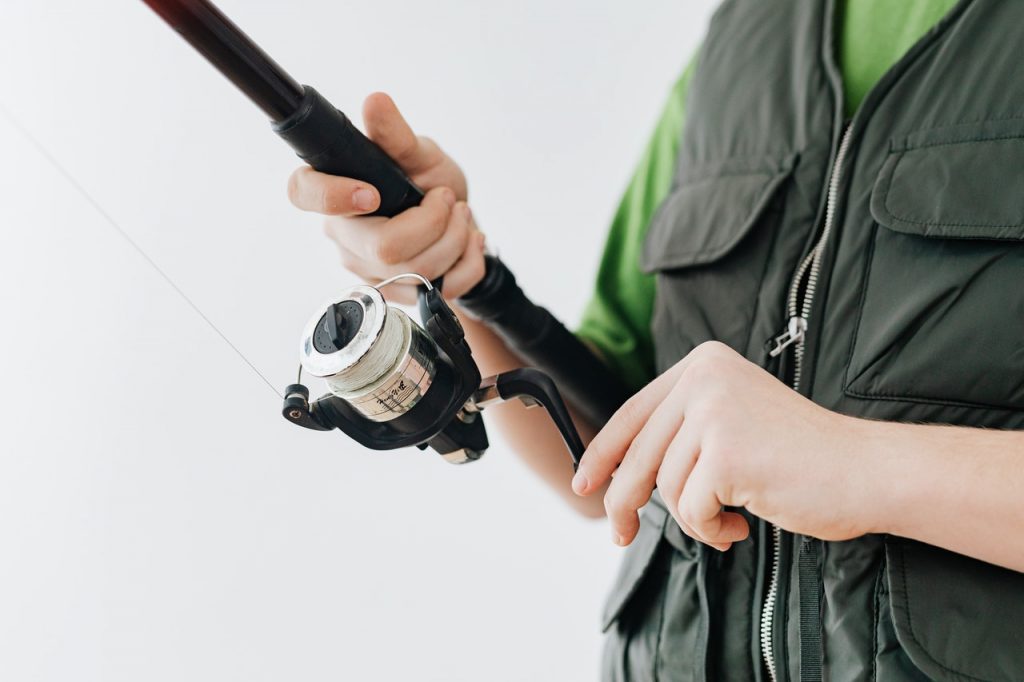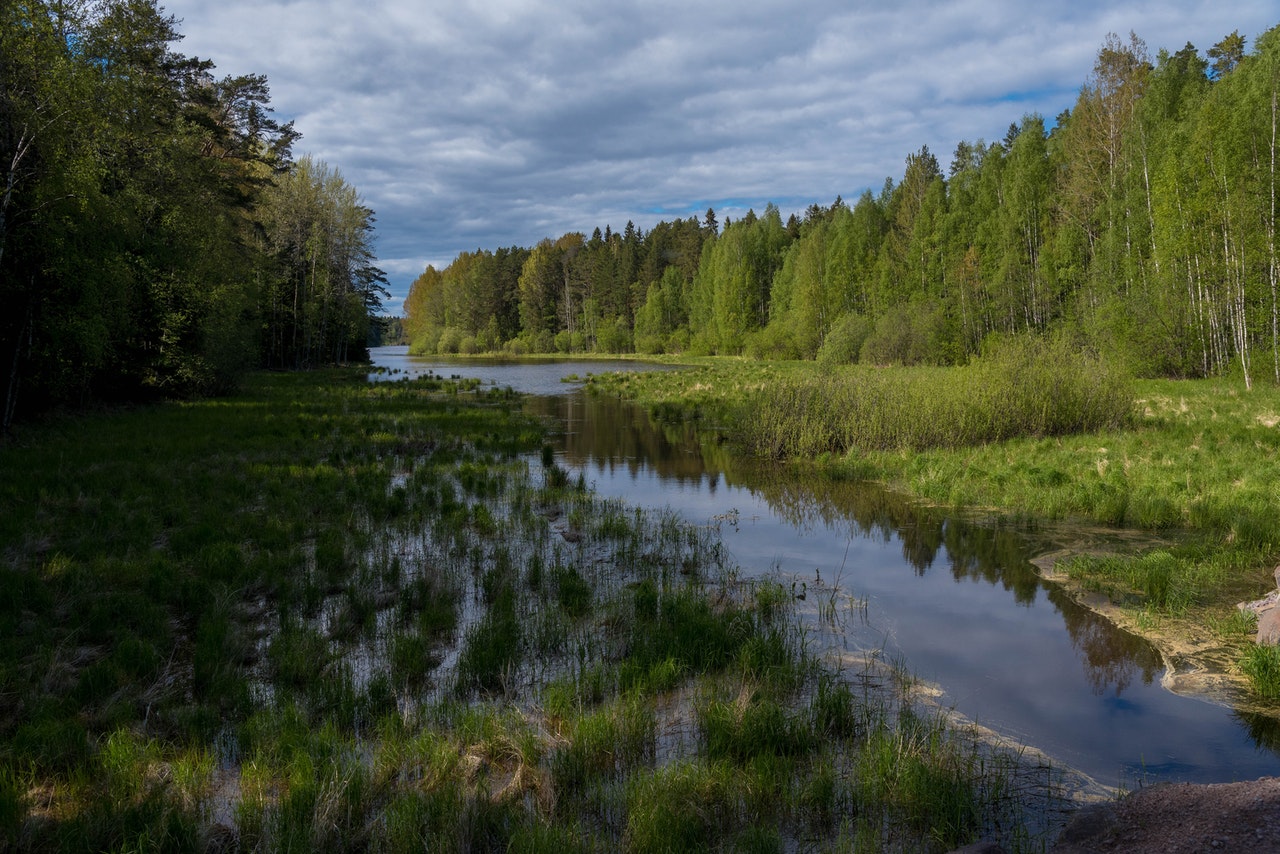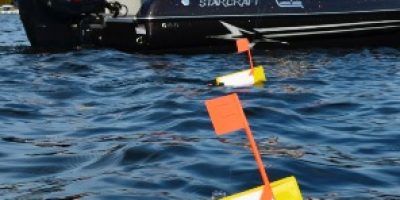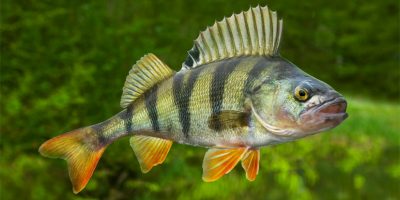
The Walley fish is also known as the Yellow Pike or Yellow Pickerel and is native to the Northern United States and Canada. This fish is the official state fish of Minnesota, South Dakota, and Vermont. Walley fish species are insatiable predators and always put up a fight when caught. This, therefore, makes them a popular game fish.
Other than their voracious personality, walleye fish is popular for its great taste. The Walleye fish has a subtle flavor and as such lacks a strong fishy taste. Instead, this fish has a lightly sweet taste when cooked. This fish also has relatively fewer bones than most fish and offers a satisfactory amount of meat.
The fact that there’s hardly any restaurant in North America that doesn’t have Walleye fish on its menu is evidence of how popular it is.
The state of Michigan has several spots with high populations of Walleye fish. We have compiled a list of the best walleye fishing spots in Michigan in this article. So, whether you want to fish the walleye fish for sport or to enjoy their unique taste, we know this list will come in handy.
Hubbard Lake

This Lake is located between Alpena and Harrisville in Alcona County. It covers 8850 acres and has a long history of being a great spot for catching Walleye fish. This lake has only had one human intervention in 1991 when it was planted to increase the fish population. From that time, the lake has not been planted again, and the Walleye population is sustained through natural reproduction.
The Walleye fish in Hubbard Lake has a great age structure, reaching up to 12-year-old fish.
Because Hubbard Lake has clear water, catching Walleye fish in this lake can be hard. This is because the fish tend to prefer deep waters to help conceal themselves. Two great fishing spots in Hubbard Lake are Churchill Point or Doctor Point. Post-spawn activity is high earlier on in the season in these two fishing spots. This increases anglers’ chances of having a great catch.
Using different fishing techniques during different seasons will help you with your catch. For example, you should use jigs with live bait during the post-spawn season. Use trolling crankbaits during Summer and drift using slip bobbers with leeches at night. You can also use a jig head with a leech on its head or a harness with an air-inflated crawler that has an orange blade.
Make sure to use a planner board to take the lures from the boat. This will help prevent spooking the Walleye fish.
Gun Lake
Gun Lake is relatively smaller than other lakes and covers 2680 acres. This lake is mostly known as a popular recreational spot in Barry County. Even so, this lake is a great inland lake for Walleye fishing and only requires you to adjust to the recreational activities.
For example, you can try beating tourists early in the morning before they engage in their recreational activities. You also stand a better chance of catching Walleyes in Gun Lake if you start fishing at daybreak. Great fishing spots to consider are Hasting’s and Murphy’s Points which are at the center of the Lake.
Robbin’s Bay at the Southwest point in the northwest part of Gun Lake is very deep and has a constant supply of Walleye fish at midday. You can also get a good catch if you fish at night when the Walleye fish are more relaxed and out to hunt.
Effective fishing methods to use in Gun Lake include trolling and casting using spinners and crankbaits.
Lake Gogebic

This lake covers 12,800 acres and is the largest of all Upper Peninsula Lakes. The expansive water of this lake offers beautiful scenery as well as a great fishing spot. Lake Gogebic has never had a stocking of Walleye fish. This is because the structure, weeds, and sands at the bottom of this lake favor the natural reproduction of Walleye fish.
You should try fishing in the eastern side of the lake during the early season and in the drop-offs or weedy areas during Summer. During the post-spawn season which occurs after May 15th, Walleye frequent most of the lake’s bays during the day.
The edges of new-growth weeds on the Northern point of the lake are also good fishing points for Walleyes.
Most standard fishing methods will work if you’re catching Walleye fish during the post-spawning season. This is because these fish are low energy following high spawning activities and don’t fight back as much.
If you’re angling at night, try shallow sandy bottoms where the Walleyes are looking for food. The most appropriate fishing method to use at this time is long-lining or casting with crankbaits. You can find Walleyes in plenty along the edges of weedy deep holes and rocky drop-offs in Summer. If you’re fishing at these points, you should use jigs with minnows, leeches, or crawlers at the tip.
North Lake Leelanau
Although both the Leelanau lakes are great fishing points for Walleye fish, North Lake Leelanau has a larger population of this fish. This is because, unlike its counterpart, North Lake Leelanau has better spawning conditions and numerous protein-rich weeds. As a result, the Walleyes in this lake multiply more and are larger.
A great fishing point early in the season in the southern part of this lake where you can find Walleyes in sloping flats. Walleye fish can also be found in open water in Summer. One tip is to follow rainbow smelt fish as Walleye prey on them.
Anglers in this lake prefer trolling with 1- or 2-ounce warms and spinners. You can also try using ¼, 1/8- or 1/16-ounce jigs with minnows. The latter technique is most effective if you come across a large pocket of these fish.
Holloway Reservoir

Unlike most of the lakes in this list, Holloway Reservoir is a man-made lake. It covers 2000 acres and is located northwest of Lapeer County and northeast of Genesee County. This lake is a popular Walleye fishing point as it has conducive conditions that favor the reproduction and growth of the fish.
Other than a good structure, this lake has enough baitfish and weeds, river channels, turbid water, and flats. All these factors make Holloway Reservoir have more Walleyes than any inland lake in the State of Michigan.
Great fishing points in this lake include the southern part of Mt Morris Road Bridge or the edges of the channels on the western part of the lake.
Longline trolling is a popular fishing method among anglers in this lake but you can use other methods too. For example, you can use stick baits, rattles on lures, or lightweight jigs. Your choice of fishing method will depend on the season and the region of the fish you’re angling at.
Portage Lake
This lake covers 2110 acres and is found in Onekama Township, Manistee County. Although it’s shallower than most lakes in Michigan, Portage Lake produces one of the largest and heaviest Walleye fish in the State. This is attributed to the fact that the lake has abundant forage and vegetation cover that supplies the fish with plenty of food.
The forage and structure of this lake also offer the Walleyes protection from anglers, thus, allowing them to grow large. The vegetation in this lake also makes it hard to navigate and fish with ease. As such, you need to be patient and skillful if you choose to fish for Walleyes in Portage Lake.
Use a strong, 7- or 9-foot fishing rod and a jig with a crawler or leech at the tip. You can also try fishing early in the morning or late in the evening. During these times, use a slip bobber with a leech on the hook and pitch it in the weedy pockets where Walleye fish look for food.
Mullet Lake
This lake covers 17,000 acres and is the fifth largest lake in the State of Michigan. Walleyes are a popular choice for anglers in this lake as they are both numerous and large. Walleye fish found in Mullet Lake can grow up to 15 to 20 inches and can weigh up to 10 pounds.
A great area to find Walleyes in this lake is drop-offs with gravel bottoms during the post-spawning season. This is usually on the last Saturday of April. As the seasons change from Spring to Summer, the Walleyes tend to move to the reefs, usually on the Western end of the lake.
You can start fishing for active Walleyes by trolling or casting minnows or crankbaits into the reefs. Start at the bottom and work your way up for suspended Walleyes. The suspended Walleyes tend to be less aggressive and larger as they feed on alewives, smelt, and ciscoes. So, you might want to target the suspended Walleyes rather than the bottom dwellers.
You can also try angling using jigs with leeches or crawlers, single blade spinners, and crawler harnesses.
Houghton Lake
This lake covers 20,044 acres and is the largest lake in Michigan. Although this lake attracts a fair number of recreational boating and activities, its expansive waters allow anglers to fish with little interference.
Unlike Holloway Reservoir, this lake only has weeds and structure to maintain the Walleye population. As such, you will find most of the Walleye fish in dense pockets of this lake.
During post-spawning season, usually on the last Saturday of April, you can easily catch Walleyes in shallow waters. This season is, however, characterized by an increase in the growth of weeds which make it hard to fish. You should, therefore, take advantage of the season before the weeds become too tall.
You should use the trolling technique to fish for Walleyes when the weed is still short. When using this method, use in-line boards to move the lure from the boat.
Once the weeds get taller and thicker you should change to pitching and jigging hooks with leeches using a slip-bobber. You will need to be more patient and have more prowess when fishing in thick weed pockets
Kent Lake

This is a reservoir lake that covers 1200 acres and is located in mostly Oakland County and partly in Livingston County. Although this is a manmade lake, Kent Lake is the second most fished lake in Michigan. Even so, this lake continues to have a surplus supply of Walleye fish. This is due to boating policies and restrictions.
Most anglers opt to fish at the lake’s river channel where the Walleyes tend to be in plenty.
The most appropriate angling methods to use in this lake include jigging with minnows and crawlers. You can change to spinning rigs, metallic spinners, and worms as the season advances.
Burt Lake
This lake covers 17,120 acres and is located in Cheboygan County, Michigan. The Walleye fish in this lake are sustained through natural reproduction and can grow up to 18 inches in length. Although this lake doesn’t offer the greatest number of Walleyes, anglers will never miss making a catch.
Great points to fish in this lake include the shallow waters of Bullhead Bay and Maple Bay. You can also find Walleyes near the Sturgeon and Indian Rivers and the Colonial Point.
Trolling is the best fishing technique to use in Burt Lake.
Big Manistique Lake
Also known as the Great Manistique, this lake covers 10,130 acres and among the largest lakes in the Upper Peninsula. Although this lake occasionally receives small plants, the Walleye population in the lake is sustained through natural reproduction.
The Walleyes in Big Manistique Lake offers smaller fish compared to other lakes. Even so, the fish can be found almost anywhere in the lake.
You can catch Walleyes in this lake by drifting or trolling using half crawlers or bottom bouncers.
Tips for Fishing the Walleye

Like any sport worth its name, fishing for Walleyes requires a tactful approach. Here are a few tips we hope will help with your next Walleye catch;
- Study the lake’s layout to understand where you locate high populations of fish.
- Choose an appropriate time of the day and season to fish for Walleyes.
- Always have appropriate fishing gear.
- Choose a fishing method based on the structure of the lake, the behavior of Walleyes in the lake, time of the day, and season.


